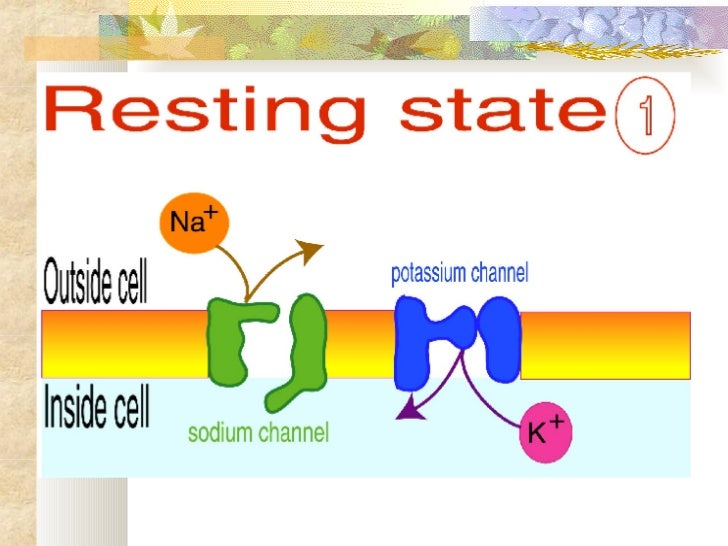Transmission of nerve impulses Biology Diagrams another impulse comes along. The following figure shows transmission of an impulse. Transmission of a nerve impulse: Resting potential and action potential. Like the gaps between the Schwann cells on an insulated axon, a gap called a synapse or synaptic cleft separates the axon of one neuron and

Action Potential. An action potential, also called a nerve impulse, is an electrical charge that travels along the membrane of a neuron.It can be generated when a neuron's membrane potential is changed by chemical signals from a nearby cell. In an action potential, the cell membrane potential changes quickly from negative to positive as sodium ions flow into the cell through ion channels

Mechanism of Transmission of Nerve Impulse (explained with diagram) Biology Diagrams
In medullated nerve fibres (white fibres), the impulse jumps from node to node, it is called saltatory propagation (Fig. 1.21). It increases the speed of nerve impulse which is about 20 times faster in medulated than in non-medullated nerve fibres. The speed of transmission of nerve impulse also depends upon the diameter of the fibre.

Figure 1.Events that characterize the transmission of a nerve impulse. The following four steps describe the initiation of an impulse to the "resetting" of a neuron to prepare for a second stimulation: Action potential. Unlike a graded potential, an action potential is capable of traveling long distances.

PDF Understanding the Transmission of Nerve Impulses Biology Diagrams
Nerves and Conduction of Nerve Impulses 1 A. Introduction 1. Innovation in Cnidaria - Nerve net a. We need to talk more about nerves b. Cnidaria have simple nerve net - 2 way conduction c. Basis for more complex system in Vertebrates B. Vertebrate Nerves - anatomy 1. Types of nerves: a. Afferent - sensory - come from sense organs b. Neurobiology is a vast and rapidly expanding field with significant clinical and technological implications. Far-reaching questions, such as what composes human personalities and the development of consciousness, are boiled down to quantitative processes. At the root of this field is the neuron and how information gets transferred throughout the body via electrochemical signals. This article Synapse Chemical transmission of a nerve impulse at the synapse. The arrival of the nerve impulse at the presynaptic terminal stimulates the release of neurotransmitters into the synaptic gap. The binding of neurotransmitters to receptors on the postsynaptic membrane stimulates the regeneration of the action potential in the postsynaptic neuron
